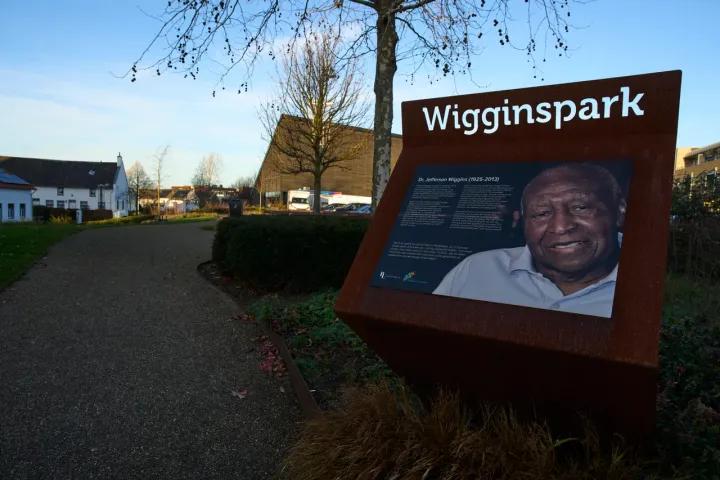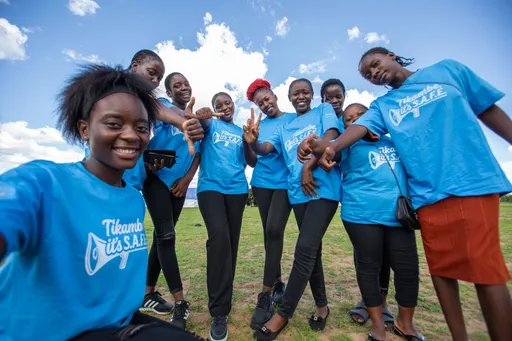By Sylvia Chebet
'As slow as a tortoise' maybe a popular simile. However, a unique species of tortoise, different in behaviour and physical appearance, challenges this age-old phrase.
Pancake tortoise, named after its flat shell, is fast and flexible.
The animal is found more in East African countries of Kenya and Tanzania than in most places around the world. It is the fastest of the tortoises - thanks to its unusually thin shell.
With a perforated shell, this tortoise is lightweight and agile, a feature that enables it to flee for its dear life when confronted by a predator.
On the other hand, their round-backed cousins, unable to flee, usually go under the cover of their thick shells whenever they sense danger.
The flexible shell of the pancake tortoise allows it to crawl into narrow rock crevices, a habitat that cannot accommodate other tortoises.
These peculiar adaptations and physical features make the pancake tortoise a coveted commodity in exotic pet illegal trade, and now teeters on the brink of extinction.
The tortoises are smuggled to different countries “where they are used as pets, but also in some countries, they are eaten as delicacies, especially in Asia,” World Animal Protection’s Wildlife Campaign Manager Edith Kabesiime tells TRT Afrika.
They are used as pets in some Western countries with many admiring their small size and adorable appearance.
The fascinating little creature is one of the most sought-after animals among the over 500 reptile and 500 bird species traded live across the world, according to World Animal Protection.
Conservationists say they are destined for people’s homes or private zoos instead of the world where they belong.
"The extent of wildlife trade across the globe is so huge. From Africa, it's unimaginable and of course, that is a very huge driver why Africa is losing its wildlife heritage," Kabesiime says of the multi-billion-dollar industry.
In the rugged, unforgivable terrain and rocky formations lining the horizon in Kenya’s northern county of Marsabit, Simon Mwangi’s eyes scour the vast and arid landscape, searching for any sign of the elusive creature.
An experienced wildlife ranger, Mwangi can make out the small-sized tortoise, just about 17 centimetres in length, amidst the large boulders and miles of desert sand.
His expert eyes spot movement near a cluster of boulders, and with precision, he reaches into a crevice.
When he pulls out his hands, they are gently cradling a little tortoise with a flat shell that camouflages with the rocky surroundings.
“This is a rare sight,” Mwangi tells Anadolu news agency as he closely inspects the tortoise.
“We must do everything we can to protect these unique creatures and ensure they have a future in the wild.”
The International Union for Conservation of Nature (IUCN) has classified the pancake tortoise as a species critically endangered.
The pancake tortoise, found in arid savannas and scrublands of East Africa, depend on rocky outcrops and crevices for shelter.
However, they have suffered a major loss of habitat. Experts reckon that in Kenya, agricultural development has eaten into their habitat, and most are burnt in raging bushfires during land clearing for farming.
In Tanzania, their habitat loss has been attributed to overgrazing of domestic animals and human activities.
Race against time
In 2018, the IUCN pointed out that “observed and estimated population reductions of about 80% have been noted over a combination of the past two generations (30 years).”
The trend is “predicted for the next 15 years, qualifying the species for an assessed conservation status of critically endangered,” the report reads.
In light of these bleak prospects for the pancake tortoise, Kenya has launched some conservation efforts to protect them, but experts believe there is much to be done.
The initiatives include mapping the current distribution of the species and identifying suitable habitats in several arid Kenyan counties including Marsabit, Samburu, Isiolo, Laikipia, and Meru.
Experts suggest other measures including clamping down on poaching, enforcing protective mechanisms for their natural habitats and rolling out conservation awareness campaigns among the local communities.
























